Early morning sunlight at the basin of the Prophet Elijah. From here, the path leads to remote chapels.
|
||||
|
Καὶ ἀνέβη Μωυσῆς καὶ ᾿Ααρὼν καὶ Ναδὰβ καὶ ᾿Αβιοὺδ καὶ ἑβδομήκοντα τῆς γερουσίας ᾿Ισραήλ καὶ εἶδον τὸν τόπον, οὗ εἱστήκει ὁ Θεὸς τοῦ ᾿Ισραήλ· καὶ τά ὑπὸ τοὺς πόδας αὐτοῦ ὡσεὶ ἔργον πλίνθου σαπφείρου καὶ ὥσπερ εἶδος στερεώματος τοῦ οὐρανοῦ τῇ καθαριότητι. Καὶ τῶν ἐπιλέκτων τοῦ ᾿Ισραὴλ οὐ διεφώνησεν οὐδὲ εἷς· καὶ ὤφθησαν ἐν τῷ τόπῳ τοῦ Θεοῦ καὶ ἔφαγον καὶ ἔπιον. And Moses went up, and Aaron, and Nadab and Abiud, and seventy of the elders of Israel. And they saw the place where the God of Israel stood; and under his feet was as it were a work of sapphire slabs, and as it were the appearance of the firmament of heaven in its purity. And of the chosen ones of Israel there was not even one missing, and they appeared in the place of God, and did eat and drink. (Exodus 24:9-11 LXX) It is from these verses that the mountain is known as Τὸ Θεοβάδιστον Ὄρος Σινά, the God-trodden Mount of Sinai. Egeria visited Sinai in December of the year 383. She worshipped at the cave of the Prophet Elijah, and then she writes, The oblation having been made there, we came to another place not far off, which the priests and monks pointed out to us, where holy Aaron had stood with the seventy elders, when holy Moses was receiving the law from the Lord for the children of Israel. In that place, although it is not covered in, there is a great rock which has a flat surface, rounded in shape, on which those holy men are said to have stood; there is also in the midst of it a kind of altar made of stones. The passage from the book of Moses was read there, and one psalm, suitable to the place. Then, after prayer had been made, we descended thence. There are rock formations a short distance from the cave of the Prophet Elijah that seem to fit Egeria’s description. With this post we mark a decennium of my little blog. Δόξα τῷ Θεῷ. The sun was just beginning to shine on the mountain peaks as we made our way down the valley to the church of Saint John Climacus. Saint John passed forty years living in a cave. It was during this time that many turned to him, finding in him a wise and experienced spiritual guide. He was already an old man when he was elected abbot of Sinai. Yielding to the requests of others, he wrote The Ladder of Divine Ascent. Saint John was well versed in the writings on the spiritual life extant in his day. In writing his own guide, there are times when he consciously follows the inheritance he has received. However, there are times when he introduces changes, based on his own experience. When he felt that his time on earth was drawing to a close, he resigned as abbot and returned to his beloved cave. It was a great blessing to go to the small chapel below his cave with a few others for the celebration of the Divine Liturgy on the Sunday of Saint John Climacus. The Fifty Spiritual Homilies of Saint Macarius the Egyptian were translated by Thomas Haywood and published in 1721 as Primitive Morality: or, the Spiritual Homilies of Saint Macarius the Egyptian, full of very Profitable Instructions concerning that Perfection, which is Expected from Christians, and which it is their Duty to Endeavour after. Done out of Greek into English, with several Considerable Emendations, and some Enlargements from a Bodleian Manuscript, never before printed. By a Presbyter of the Church of England. This is an octavo volume measuring 20.3 x 13.4 centimetres (8 x 5 1/4 inches). It is a joy to read this pioneering translation in a copy that is now over three hundred years old, and yet so well preserved. The fire seen by Moses in the Bush was the same fire that bore Elijah from the earth in a chariot of fire. This fire inflamed the heart of Cleopas and his companion when they conversed with the Risen Christ, and descended on the Apostles on the day of Pentecost. It was of this fire that Christ spoke when he said, I am come to send fire on the earth; and what will I, if it be already kindled? From the translator’s Introduction: Persons that undertake any thing of this kind, little think beforehand what Difficulties and Discouragements they must expect to Encounter. It was not without some Pleasure, that I Observ’d not many Years since, that a very Great Man complains upon much the same Occasion with my self, that it is Hard with the Help of the Best Copies to Hit the True Meaning of an Author that wrote so long ago, and that the Copies we have are All Defective. For I must own, I never once expected the Tenth Part of the Trouble, which to my Great Surprize I really found in this Work, and which Dr. Grabe indeed at first told me I should meet with. Had I been Sensible of it my self, I doubt I should hardly ever have Submitted to the Performance. In classical times, a κλίβανος was a covered earthen vessel, wider at the bottom than at the top, used for baking bread. A fire was lit within, after which the bread was baked from the radiant heat remaining in the vessel. “If then God so clothe the grass, which is to day in the field, and to morrow is cast into the oven (κλίβανος); how much more will he clothe you, O ye of little faith?” (Luke 12:28) In the Homily in Praise of Mary the Theotokos, attributed to Epiphanius of Cyprus, the κλίβανος is seen as a figure of the Virgin Mary and the Holy Eucharist. Χαῖρε, παναγία Παρθένε, ἡ τὸ πῦρ τῆς θεότητος ἀφλέκτως, ὡς νοερὰ βάτος, κατέχουσα, ἡ νοερὰ κλίβανος, ἡ τὸ πῦρ καὶ τὸν ἄρτον τῆς ζωῆς θερμὸν τῷ κόσμῳ πρὸς βρῶσιν ἐνέγκασα· περὶ οὗ λέγει ὁ Σωτὴρ τοῦ κόσμου Χριστός· Λάβετε, φάγετε· τοῦτό μου ἐστὶ τὸ σῶμα, τὸ ὑπὲρ ὑμῶν κλώμενον εἰς ἄφεσιν ἁμαρτιῶν. Rejoice, O all-holy Virgin, spiritual bush containing the fire of the Godhead without being burnt, spiritual oven, having borne the fire and the warm bread of life for food for the world, concerning which Christ the Saviour of the world saith: Take, eat: this is my body, broken for you for the remission of sins. |
||||
|
© 2023 Father Justin's Blog - All Rights Reserved WP Support by WordPress Expert |
||||

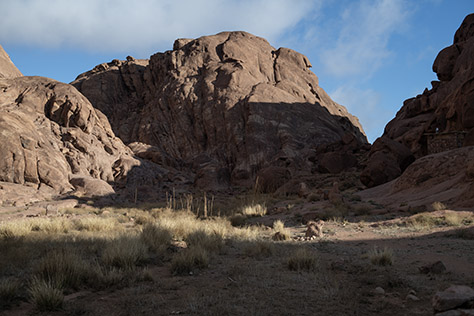
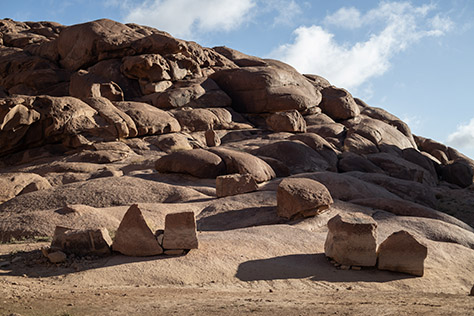
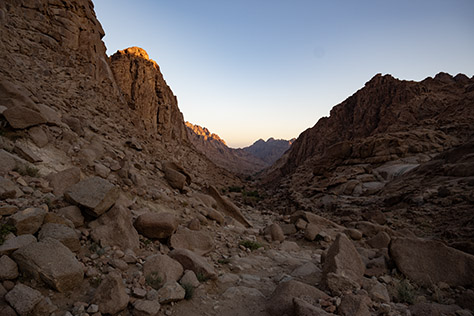
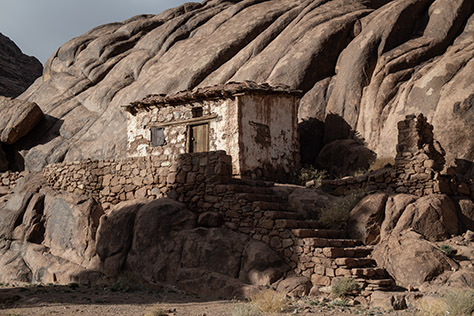
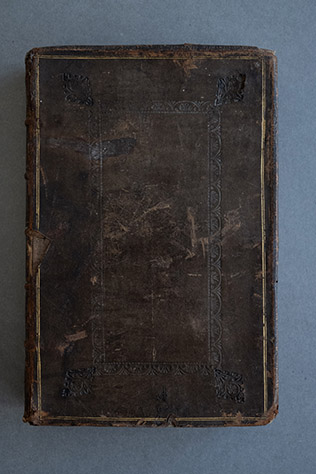
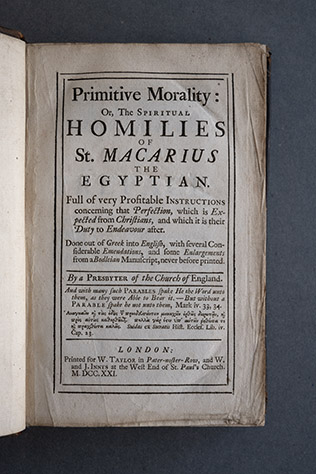
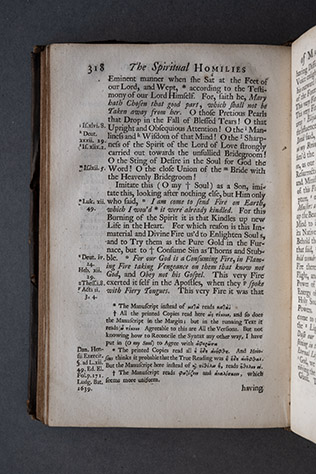
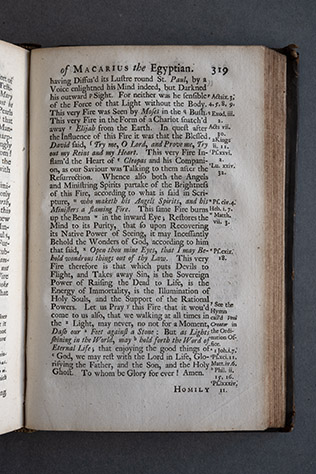
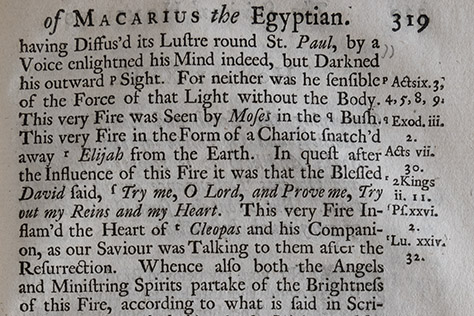
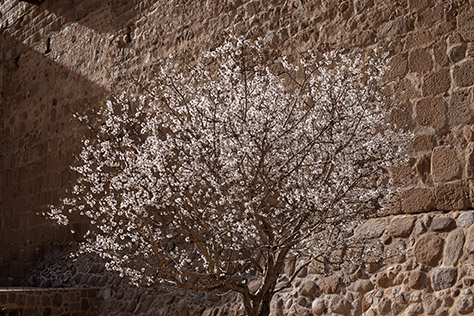
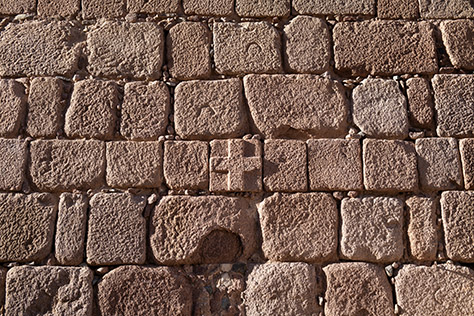
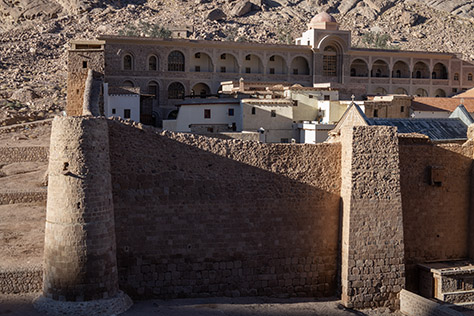
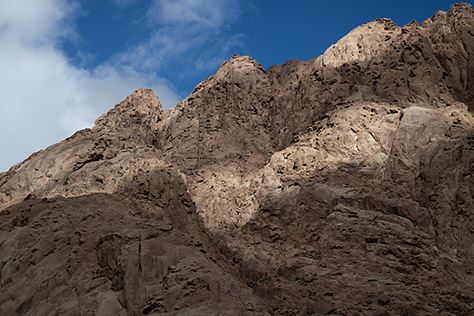
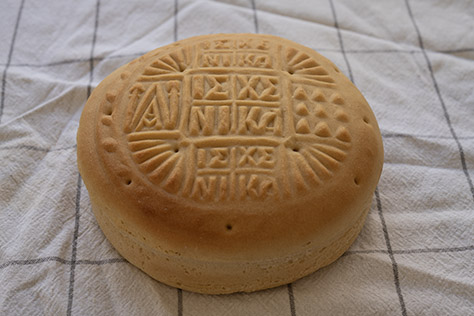
Recent Comments